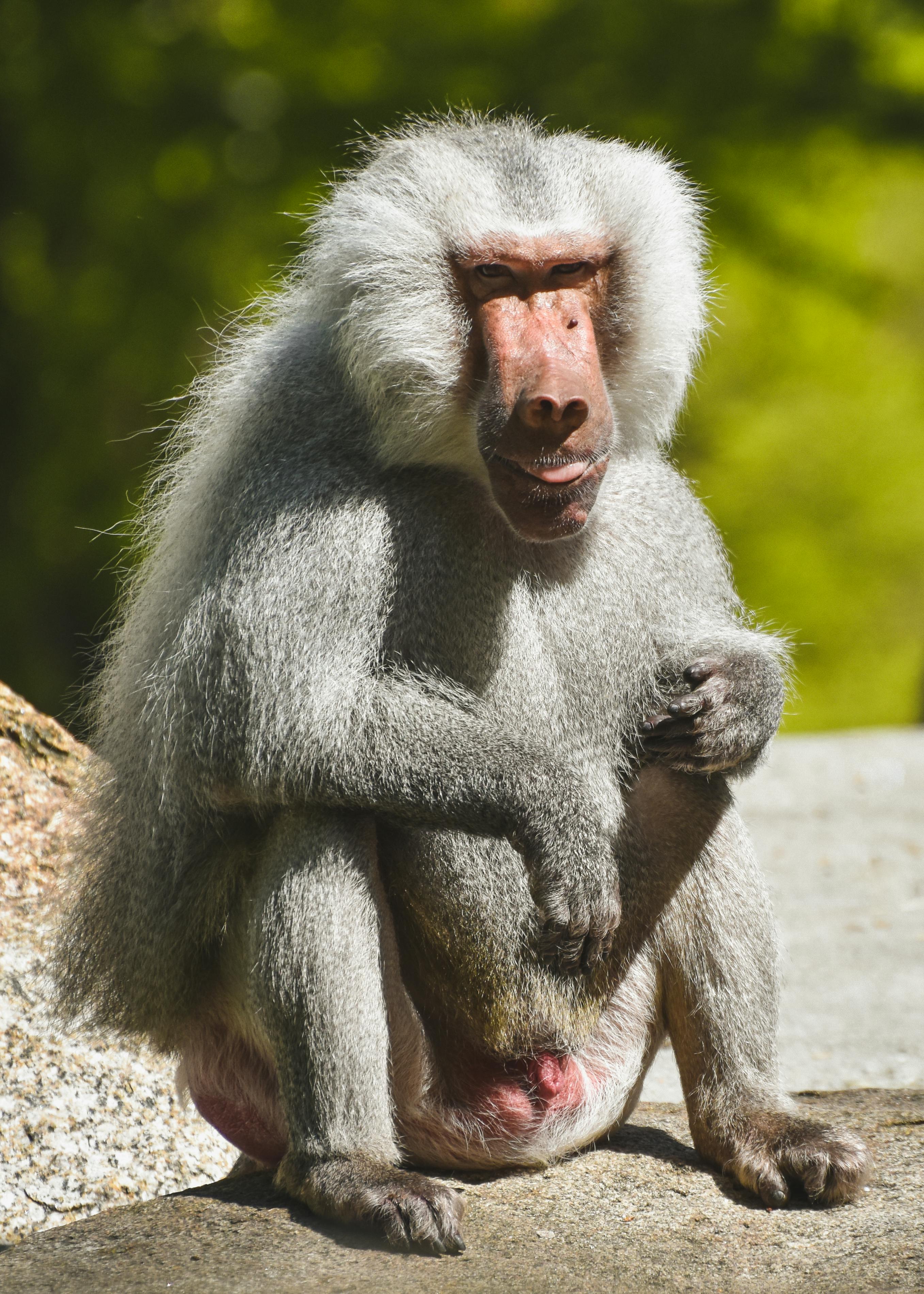
Apply Now


Practical Guide to Rabbit in Winnie the Pooh: Modern Insights
Rabbit is one of the iconic figures from A.A. Milne's beloved children's stories about Winnie the Pooh and his friends in the Hundred Acre Wood. This timeless character embodies themes of friendship, adventure, and heartwarming tales that resonate with both young readers and adults alike. The stories of Rabbit, Pooh Bear, Tigger, and Piglet evoke cherished childhood memories filled with gentle humor and lessons about loyalty and the innocence of youth. In this article, we delve into Rabbit's character development, his adventures with friends, and how these stories can inspire the imagination of today’s children. As children journey through these enchanting narratives, they discover important moral lessons interwoven into the fabric of these classic tales. The delightful interactions between Rabbit and his friends provide valuable insights into friendship dynamics, helping kids understand the importance of patience and understanding. This guide also aims to explore how the stories of Rabbit can influence emotional growth and storytelling skills in young readers. With each section, we'll look at the underlying themes and cultural impact of these whimsical tales, offering modern insights that enrich the reading experience. From exploring Rabbit's friendships to engaging in his playful adventures, we hope to inspire families to share these enchanting stories while creating lasting bonds through shared reading.Character Development: Understanding Rabbit's Role
Building on the charm of Rabbit, we can explore his character development within the context of the whole Hundred Acre Wood narrative. As a loyal friend to Pooh and his companions, Rabbit often takes on the role of a caretaker and planner, showcasing his nurturing nature. His personality traits of meticulousness and protectiveness distinctly shape his interactions with the group, making him a relatable character for many children. Many aspects of Rabbit's character reflect the values of friendship and teamwork. Through his adventures, we see how he navigates challenges with his friends, demonstrating the importance of collaboration. For instance, in "The House at Pooh Corner," Rabbit's efforts to help others serve as a reminder of the joy that comes from giving. This nurturing aspect resonates deeply within families, encouraging kids to embrace the values of cooperation and understanding. In Rabbit’s storytelling arc, readers witness his humorous mishaps and heartfelt moments, which often serve as catalysts for growth, not only for him but for his friends as well. By analyzing Rabbit's character, we can gain insights into the character interactions that embellish A.A. Milne’s enchanting narratives.Building Friendships with Rabbit
Rabbit’s friendships are central to his character, enriching the narrative through various interactions and adventures. With Pooh Bear's carefree personality, Tigger's exuberance, and Piglet's gentle nature, Rabbit's relationships reflect the diverse facets of friendship. These connections aptly illustrate how different personalities complement one another, emphasizing the importance of acceptance and understanding. In one memorable tale, Rabbit’s efforts to organize a party highlight the nuances of friendship. His meticulous planning often leads to amusing chaos, which gently conveys that friendship is not about perfection but about making memories. It teaches children that laughter often reigns supreme, even in difficult times, reinforcing that these bonds are about sharing joys and facing challenges together. Additionally, Rabbit's sometimes grumpy demeanor provides readers with comic relief. This adds depth to his character, revealing that it’s perfectly okay to have disagreements and varying perspectives among friends. These essential lessons about acceptance and compromise shine through, making Rabbit's tales relatable for childhood adventures.Adventure in Nature: Rabbit's Escapades
The adventures of Rabbit are not solely whimsical; they also serve as explorations of nature, creativity, and imaginative play. The Hundred Acre Wood becomes a vibrant backdrop, filled with opportunities for interaction and discovery. Readers are filled with a sense of curiosity as Rabbit embarks on playful escapades, such as gathering supplies for his garden. With each adventure, Rabbit takes young readers on a journey, encouraging exploration in both the physical world and the realms of imagination. The narratives emphasize the significance of outdoor play, inspiring children to connect with nature, and fostering a deeper appreciation for their environment. For instance, experiences such as planting seeds and tending to his garden encapsulate themes of growth and responsibility. Rabbit’s dedication to his garden serves as a metaphor for nurturing relationships and the care needed to see them flourish. Children's literature often mirrors the two-dimensional adventures through the lens of a beloved stuffed animal. By infusing Rabbit’s escapades with lessons of resilience and resourcefulness, families are inspired to create their own memories of outdoor adventures.Delightful Illustrations: Enhancing the Storytelling Experience
One of the defining features of the Winnie the Pooh stories is the eye-catching illustrations that accompany the tales. The artistic interpretations of Rabbit and his friends bring forth their personalities, cultivating a powerful connection between the characters and young readers. The illustrations elevate the storytelling experience, evoking emotion and enhancing engagement with the narrative. These visuals allow children to delve into the enchanting world of Pooh, as they breathe life into Rabbit's adventures and his friendships. This interplay of words and images fosters imaginative thinking, which is crucial for childhood development. Young readers not only enjoy the stories but also engage in creative expression by crafting their own narratives inspired by Rabbit's journeys. Moreover, these illustrations often spark conversations between children and their parents during read-aloud sessions. By discussing favorite moments, colors, and emotions portrayed in the art, families cultivate a deeper understanding of the story and characters. This interactive reading experience helps children articulate their feelings, expanding their vocabulary and nurturing their storytelling skills.Moral Lessons and Emotional Growth
The Winnie the Pooh stories, especially those featuring Rabbit, weave essential moral lessons throughout their narratives. Children learn about kindness, patience, and sharing through Rabbit's interactions, making these tales not only entertaining but also educational. A significant theme revolves around friendship and its complexities. Rabbit's journey emphasizes emotional growth as he encounters various struggles, showcasing how misunderstandings can arise and be resolved. Children witness Rabbit’s transformation, understanding that conflicts can lead to stronger bonds between friends. These heartwarming stories play a pivotal role in children's emotional literacy by introducing them to different perspectives and encouraging empathy. As families navigate these themes together, they create a safe space to discuss emotions, helping young readers cultivate emotional intelligence and resilience. Furthermore, the adventures and trials faced by Rabbit and his friends facilitate discussions on problem-solving and decision-making. Such narratives not only entertain but instill valuable life skills, empowering children to navigate their own friendships with confidence and compassion.Creating Lasting Memories: Sharing Tales Together
Building on the delightful insights into Rabbit’s adventures, the experience of sharing these stories provides an opportunity for family bonding. Through read-aloud sessions, parents and children can explore the world of Winnie the Pooh together, forging connections that last a lifetime. The rhythmic language and gentle humor found in Rabbit's tales create a soothing bedtime experience. These charming narratives serve as comforting stories that encourage children to embrace the world of literature and foster their imaginations. Through storytelling, families can create memorable encounters that spark curiosity and a love for reading. Moreover, as families delve into Rabbit's friendships, they can explore their own dynamics, fostering discussions about values such as trust, loyalty, and kindness. The shared experience of exploring these themes can enhance emotional connections within the family, reinforcing the importance of togetherness and support. In essence, sharing Rabbit’s tales cultivates a tradition of storytelling that becomes a cherished part of family life. These enchanting stories ignite the imagination, offering a beautiful escape into the world of friendship, adventure, and heartwarming moments.Conclusion: Timeless Tales for Modern Readers
In summary, the character of Rabbit in the world of Winnie the Pooh encapsulates the essence of friendship and adventure, making it a cornerstone of children's literature. Through his engaging stories, young readers discover the importance of nurturing relationships, exploring nature, and embracing creativity. As parents and young readers dive into Rabbit's delightful escapades, they engage in a storytelling tradition that fosters emotional growth, symbolic learning, and cherished memories. The whimsical world of Hundred Acre Wood continues to inspire new generations, reminding us all of the heartwarming magic embedded in these classic tales. From Rabbit’s nurturing spirit to the beautifully enhanced storytelling through illustrations, the Rabbit in Winnie the Pooh remains a beloved character that speaks to the child within us all. These adventures foster connections, inspire imaginative thinking, and create timeless memories that families treasure.
